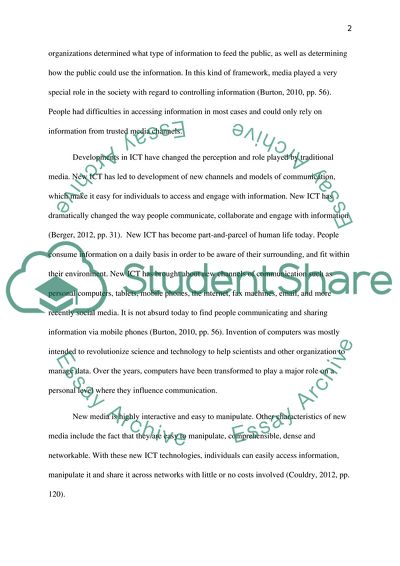Cite this document
(Media and Society: Critical Perspectives Assignment Example | Topics and Well Written Essays - 2500 words, n.d.)
Media and Society: Critical Perspectives Assignment Example | Topics and Well Written Essays - 2500 words. https://studentshare.org/media/1816782-media-and-society-choose-one-out-of-9-questions
Media and Society: Critical Perspectives Assignment Example | Topics and Well Written Essays - 2500 words. https://studentshare.org/media/1816782-media-and-society-choose-one-out-of-9-questions
(Media and Society: Critical Perspectives Assignment Example | Topics and Well Written Essays - 2500 Words)
Media and Society: Critical Perspectives Assignment Example | Topics and Well Written Essays - 2500 Words. https://studentshare.org/media/1816782-media-and-society-choose-one-out-of-9-questions.
Media and Society: Critical Perspectives Assignment Example | Topics and Well Written Essays - 2500 Words. https://studentshare.org/media/1816782-media-and-society-choose-one-out-of-9-questions.
“Media and Society: Critical Perspectives Assignment Example | Topics and Well Written Essays - 2500 Words”. https://studentshare.org/media/1816782-media-and-society-choose-one-out-of-9-questions.


